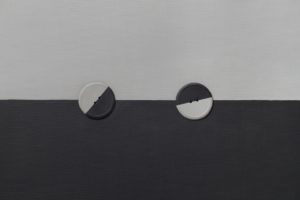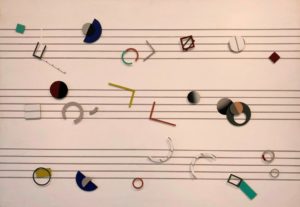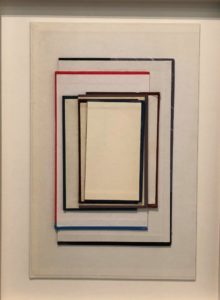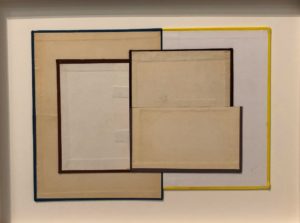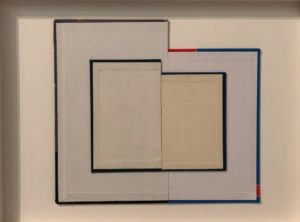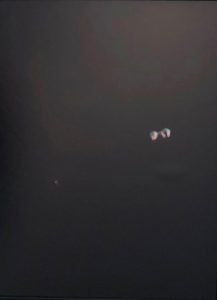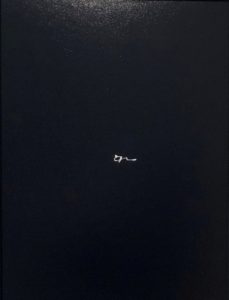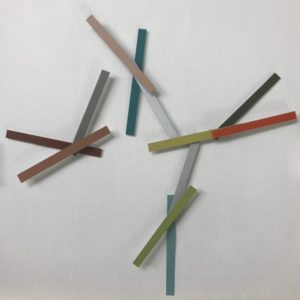As the title of Zbigniew Sałaj’s work clearly indicates, his monumental white button enters into a dialogue with Władysław Strzemiński’s canonical text, calling its content into question. In his artistic practice, Sałaj very often refers to simple objects of everyday use: he frees them of their original roles, changes the materials from which they are traditionally made, tampers with their scale, and distorts their functions.
The objects with which we surround ourselves play a specific role in our lives, and when they no longer perform this role and become redundant, they finish their lives in the dustbin. The world of objects freed from their utilitarian functions opens up a vast field of action, in which children and artists often and willingly engage. The former experimentally transform an object into a kind of toy, the latter explore its more complex aspects. By the artist’s own admission: “Old buttons, wooden thread bobbins, buckles, match boxes, and packaging are the objects that since childhood have triggered my imagination the strongest, driving creative reflexes, which in effect led to the construction of toy objects with deformed function and visuality.”
The title of A Button to the Vision Theory, installed in Poznań Visual Park, implies a game between culture-specific vision and what evades rules and principles and provides an ironic commentary to our conviction of the value and the unquestionability of knowledge, as well as attempts to rationalize and theorize the complex mechanisms of human memory and perception of reality.


